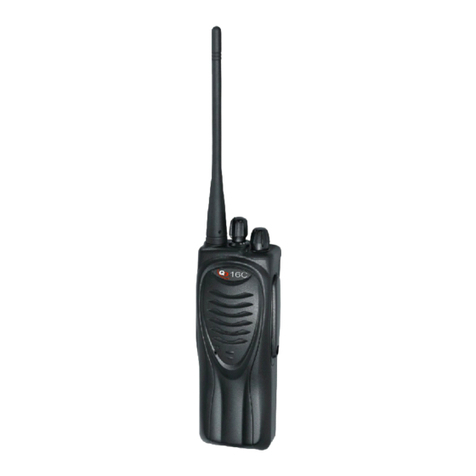PREPARATION
INSTALLING/REMOVING THE OPTIONAL BATTERY
PACK
The battery pack is not charged at the factory. Charge it before use.
! CAUTION
•Do not short the battery terminals or dispose of the battery by fire.
•Never attempt to remove the casing from the battery pack
INSTALLING THE ANTENNA
1. Align the battery pack with the back
of the transceiver, then press the
battery pack and transceiver firmly
together until the release latch on the
base of the transceiver locks.
2. To remove the battery pack, lift the
safety catch on the base of the
transceiver then press the release
latch underneath the safety catch.
3. While pressing the release latch,
pull the battery pack away from the
transceiver
Screw the antenna into the connector
on the top of the transceiver, holding
the antenna at the base and turning it
clockwise until secure.
Note: The antenna is neither a handle, a
keyring retainer nor a speaker /
microphone attachment point. Using the
antenna in these ways may damage the
antenna and degrade your transceiver’s
performance.




























